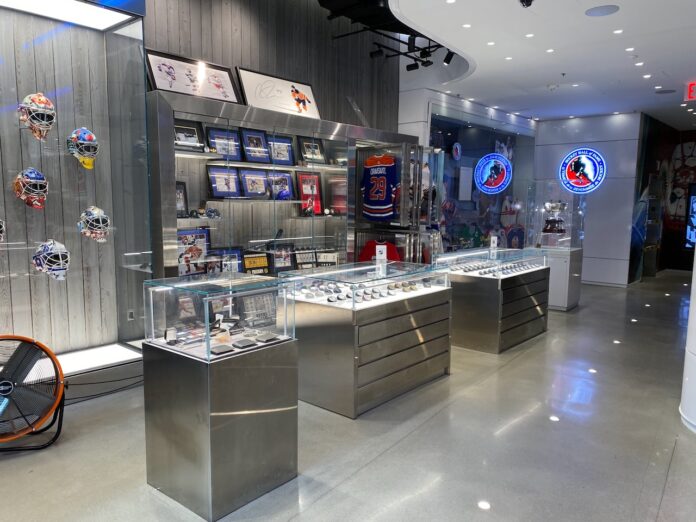In today’s retail world, it’s not just about buying stuff anymore. Shoppers want to know the full story behind the brand. Retail has to become experiences that are memorable and engaging.
One trend that’s catching on is when brands are bringing artifacts, historical items, and unique pieces from their past in their stores. This isn’t just about making sales—it’s about connecting with customers on a deeper level.
Let’s dive into how some top brands are doing this.
The Power of Storytelling in Retail
Everyone loves a good story. It’s what draws us in and makes us feel connected. In retail, storytelling can make shopping feel special. When brands use historical artifacts and unique items, they’re not just showing off old stuff—they’re sharing their journey, their values, and their milestones. These artifacts bring the brand’s story to life.
Brands Bringing History to Life
The Tonight Show at Rockefeller Center, NYC
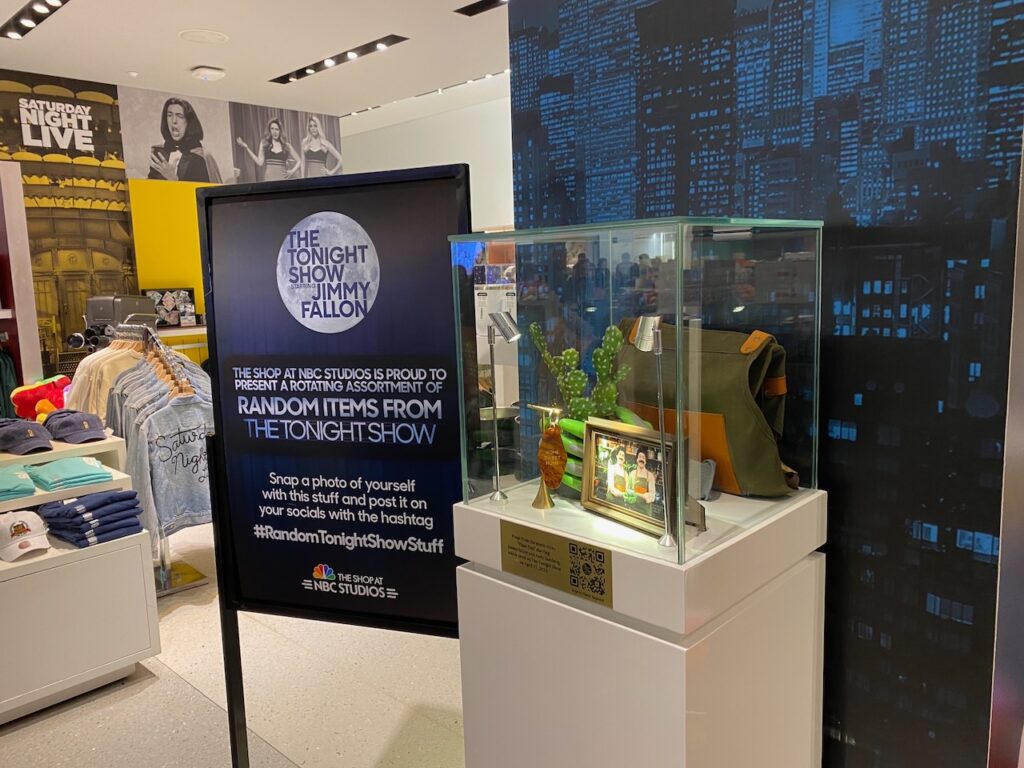
The Tonight Show has been around forever, right?
At Rockefeller Center in NYC, they’ve got all sorts of cool items from the show’s history on display. Think iconic props, costumes, and set pieces. Fans of the show love checking out these pieces of TV history, making a visit to Rockefeller Center even more exciting.
One of my favourite part of the experience was seeing classic props, microphones and memorabilia throughout the store. These interactions are unexpected but completely on-brand for a gift shop that builds on an experience.
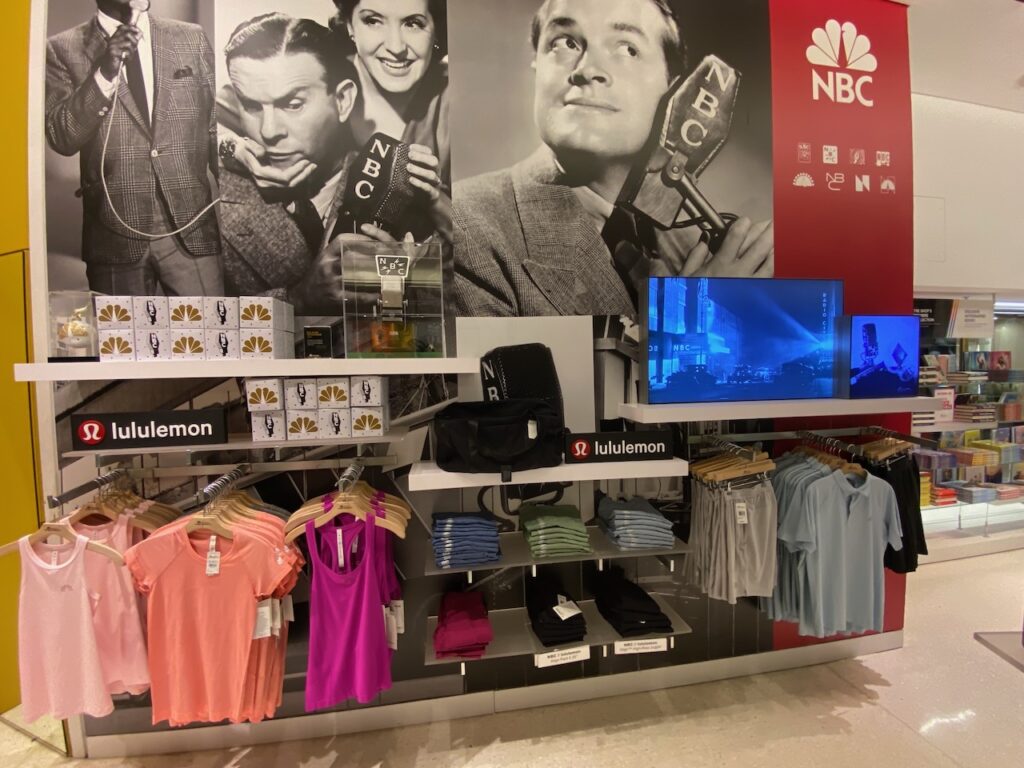
NHL Store in NYC and the Hockey Hall of Fame
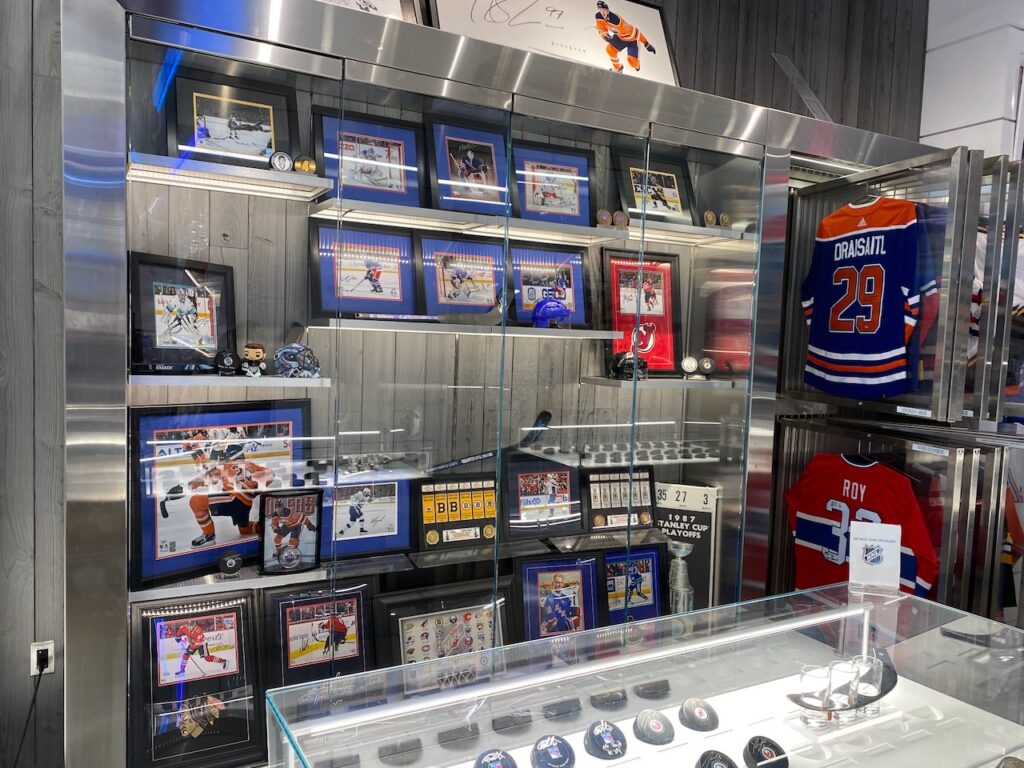
Hockey fans, this one’s for you.
The NHL Store in NYC has teamed up with the Hockey Hall of Fame to show off some amazing hockey memorabilia. We’re talking historic jerseys, legendary trophies, and more. It’s like a mini museum right inside the store. This setup not only attracts hockey enthusiasts but also turns a shopping trip into an unforgettable experience.
Inside the various cases are signed items for purchase, like sticks and pucks – but when you see trophies and goalie gear, it’s more. I’ve worked at the Hockey Hall of Fame in Toronto years ago, so this was a welcome addition to the NHL NYC destination.
If only there was something similar at Madison Square Gardens…but that’s another article for another time.
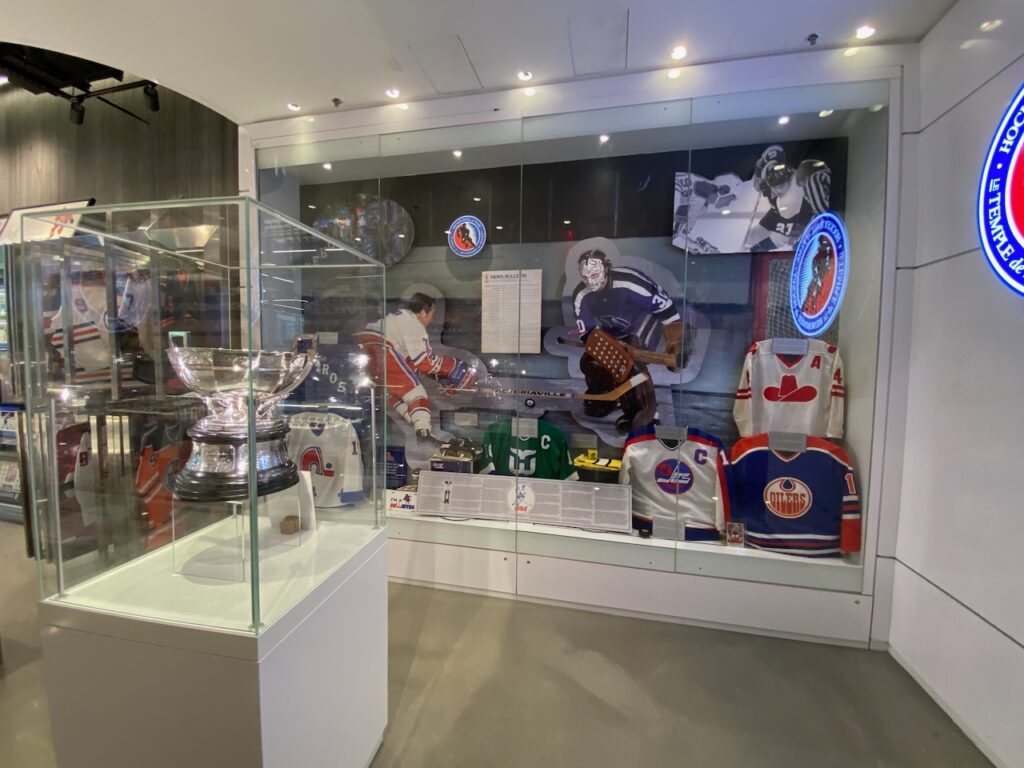
Marshall Field’s Historical Archives at Macy’s, Chicago
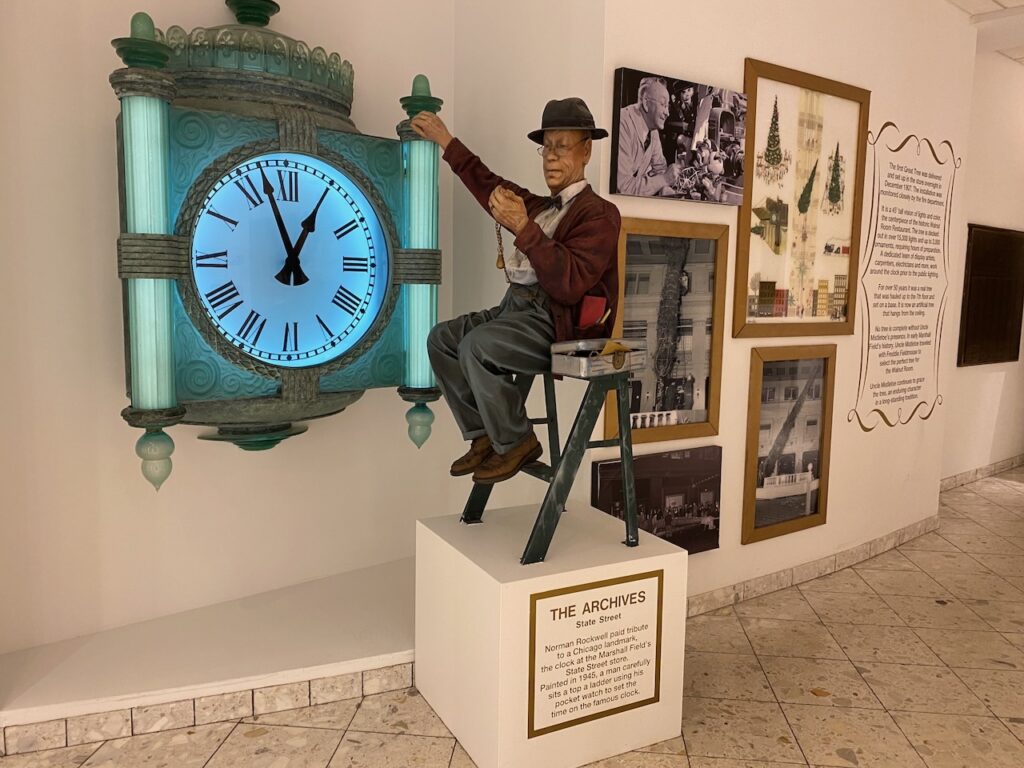
On the 7th floor of Macy’s in Chicago, you’ll find the Marshall Field’s Historical Archives.
This space is dedicated to preserving the rich history of Marshall Field’s, one of the most iconic department stores in America. The archives include everything from old advertisements and store photos to vintage products and memorabilia. Shoppers get a unique look into the past, seeing how retail has evolved over the decades.
It’s a fascinating glimpse into history that makes a trip to Macy’s more than just about shopping. We only discovered it after attempting to find the food court – and we it was an amazing find!
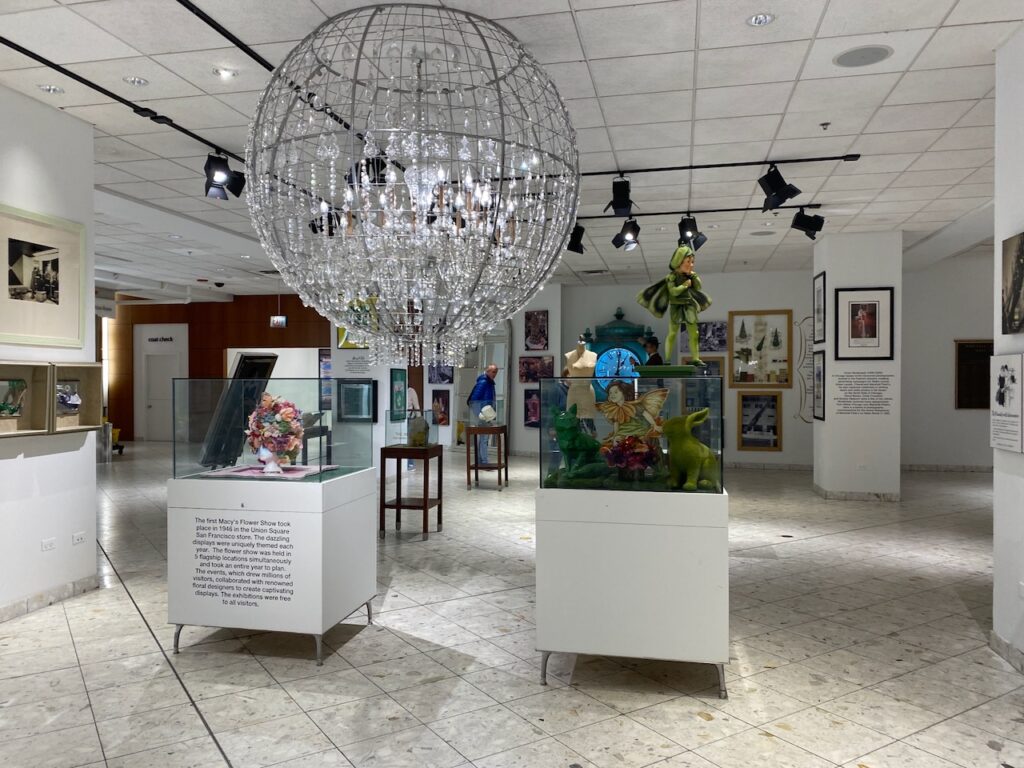
Why Historical Displays Work
- Engage Customers: These displays turn shopping into an experience. People love stories, and these artifacts make the brand’s story real and engaging.
- Build Loyalty: When customers know the history and values of a brand, they feel more connected and loyal. It’s like they’re part of the brand’s journey.
- Educational: These displays can teach customers a lot about the brand’s past, helping them appreciate it even more.
- Social Media Buzz: Unique displays are great for social media. Customers love snapping photos and sharing cool finds on social media, which can drive more people to visit the store.
How Brands Can Do It
- Pick the Right Artifacts: Choose items that really represent important moments in your brand’s history. These could be old products, key memorabilia, or anything significant.
- Tell a Story: Make sure these items are part of a bigger narrative. Use signs, digital displays, or interactive elements to tell the story behind each item.
- Smart Layout: Integrate these displays into your store without making it feel cluttered. They should enhance the shopping experience, not disrupt it.
- Make it Interactive: Use lights, sounds, or even touchscreens to make the displays more engaging. Think about ways to bring the history to life.
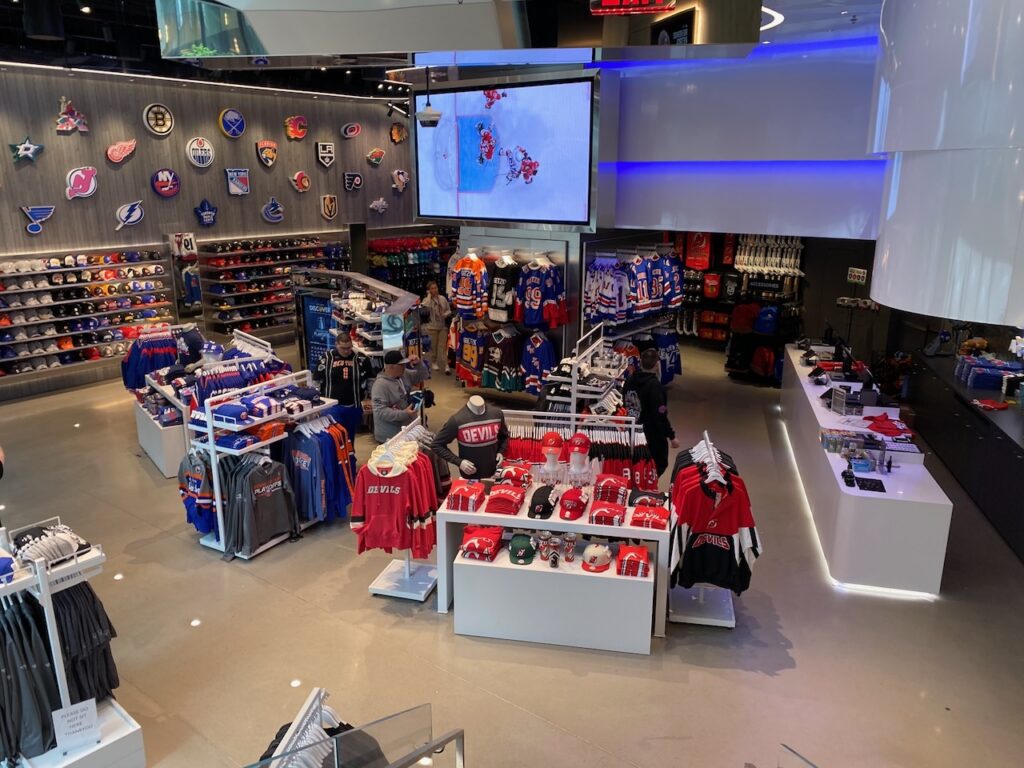
Using historical artifacts to create unique in-store experiences is a fantastic way to connect with customers. It’s not just about selling products—it’s about sharing your brand’s journey and creating memorable moments. Brands should dig into their own histories and think about how they can use these elements to make shopping more than just a transaction.


